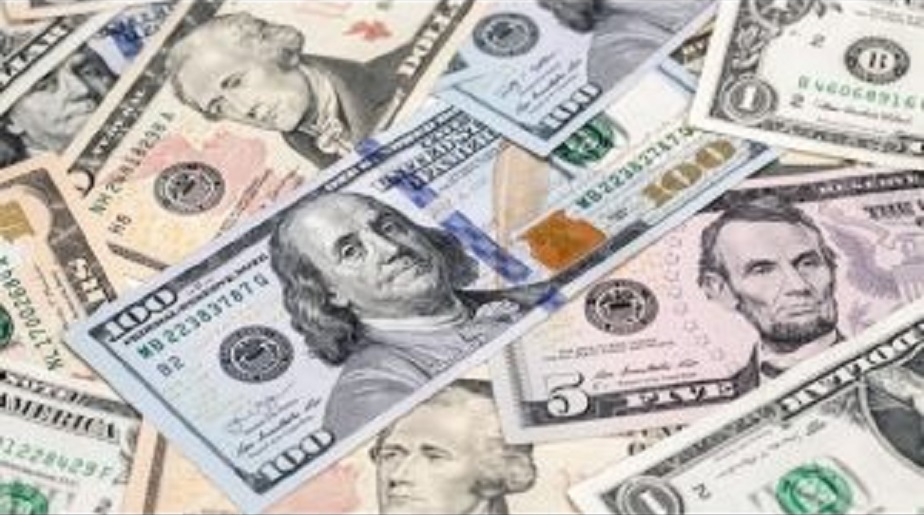New York (AFP) – The dollar extended its notable run for 2022 on Monday, a bullish push after the latest strong US jobs data as stocks tumbled in both New York and Europe.
The US currency, which has already hit multi-year highs against the euro and other major currencies, is rising as investors are betting that the latest round of US employment data released on Friday will confirm the Federal Reserve’s plan to continue aggressively raising interest rates.
This week’s calendar includes the latest US CPI data, which will provide an updated reading of inflation that has led to a 180-degree shift from the Fed’s easy money policies to a series of big rate hikes.
“Continuing stubbornly high inflation will threaten to spoil the apple cart in the market and strengthen the dollar,” said a note from Convera’s Joe Manimbo.
Analysts said the dollar’s gains on Monday also reflected the worsening conflict between Russia and Ukraine, cementing the dollar’s status as a “haven” investment.
US stocks ended a volatile session lower, joining European bourses in a decline.
This week’s calendar also includes retail sales for September, as well as earnings from Delta Air Lines, JPMorgan, and more.
Investors are cautious ahead of the earnings period, as higher costs are expected to shrink corporate profits.
Analysts now expect the S&P 500 companies to post a 2.9 percent earnings per share increase, down from the 10.5 percent forecast in June, according to CFRA Research.
“We’re seeing moderate risk aversion in the markets at the start of the week, and perhaps some concerns ahead of what could be a big few days for the US,” said market analyst Craig Erlam of OANDA.
Elsewhere, sterling got little support from Britain which is stepping up efforts to calm markets after a heavily criticized budget.
In what was considered a coordinated action, the government brought forward the release of key economic forecasts and the Bank of England boosted liquidity.
Susanna Streeter, investment and markets analyst at Hargreaves Lansdowne.
Meanwhile, oil prices fell after the biggest weekly gain since March, which followed the decision of OPEC and allied producers, led by Russia, to cut crude production by 2 million barrels per day last week.
Monday’s drop also came on demand concerns stemming from the outbreak of the Covid virus in China and more weak data from Beijing due to the shutdown.
– Key numbers around 2030 GMT –
New York – Dow: down 0.3 percent at 29202.88 (close)
New York – Standard & Poor’s 500: down 0.8 percent at 3612.39 (close)
New York – Nasdaq: down 1.0 percent at 10542.10 (close)
London – FTSE 100: down 0.5 per cent at 6959.31 (close)
Frankfurt – Dax: FLAT at 12272.94 (close)
Paris – CAC 40: down 0.5 percent at 5,840.55 (close)
EURO STOXX 50: down 0.6% at 3356.88 (close)
Hong Kong – Hang Seng Index: down 3.0 percent at 17,216.66 (close)
Shanghai – Composite: down 1.7 percent at 2,974.15 (close)
Tokyo – Nikkei 225: Closed for holiday
Pound/dollar: down at $1.1059 from $1.1086 on Friday
EUR/USD: down at $0.9708 from $0.9745
EUR/GBP: DOWN at 87.76 pence from 87.90 pence
Dollar / yen: rose to 145.72 yen from 145.25 yen
West Texas Intermediate: down 1.6 percent at $91.13 a barrel
Brent North Sea crude: down 1.8% at $96.19 a barrel













































